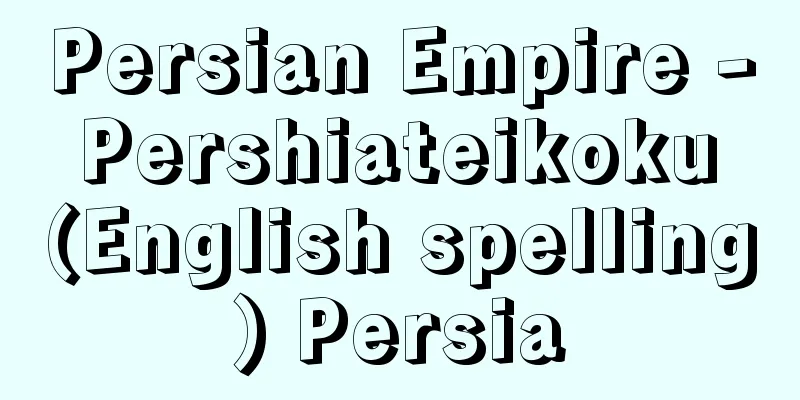Yoshiro Nagayo

|
Novelist and playwright. Born on August 6, 1888 in Azabu, Tokyo. The fifth and youngest son of medical doctor Sensai, and younger brother of Mataro. Dropped out of the English department of Tokyo Imperial University. He began to read philosophical and literary books while attending Gakushuin Senior High School, and in 1911 (Meiji 44) he joined the Shirakaba group at the recommendation of Mushanokoji Saneatsu, publishing novels, plays, and impressions. As he tended to value literature more for its ideological quality than its artistic quality, he was closest to Saneatsu, and also formed friendships with Kishida Ryusei and Senge Motomaro. He attracted attention in the literary and theatrical circles with autobiographical novels such as "Blind River" (1914), which was based on his romantic experiences, and "Their Fate" (1915-16), which depicted the circumstances of his marriage, as well as the full-length play "Hannibal and Liu Bang" (1916-17), which dealt with the dramatic fate of a hero. He wrote several works, including "Mutsu Naojiro" (1918) and "The Bronze Christ" (1923), and was active with the Shirakaba Drama Company (1919). After "Shirakaba" was discontinued, he founded "Fuji" (1924), and serialized his philosophical novel "A Man Called Takezawa Sensei" (1924-25) in the magazine, which was widely welcomed. At the end of the Taisho period, he fell ill and took a few years off from writing, during which he reread The Analects and Laozi, and further traveled to Manchuria (northeastern China) and China as a consultant for the South Manchuria Railway, deepening his interest in Eastern thought and art. He published such works as The Great Emperor Kangxi and Problems of Culture (both 1938), The Way and Beauty of the Orient (1943), and Aspects of Eastern Art (1944). After the Second World War, he became a member of the Doshinkai and Seiseikai, a group of intellectuals who aimed to rebuild Japanese culture, and worked to make Japan a culturally-oriented nation. He also displayed his prolific writing skills in long and short stories such as "Yasei no Yuwaku" (1947), "Sonno Yoru" (That Night) (1948-51), and "Oshibana Cho" (Pressed Flower Album) (1954), as well as his autobiography "Waga Kokoro no Journey" (1957-59). He became a member of the Japan Art Academy in 1948 (Showa 23). He died on October 29, 1961. [Yu Endo] "Chikuma Modern Literature Series 23: Nagayo Yoshiro and Other Works" (1977, Chikuma Shobo) "Tanaka Eiichi, Nagayo Yoshiro's Thought and Literature" (included in the "Japanese Literature Research Materials Series: Literature of the Taisho Era", 1981, Yuseido Publishing) Source: Shogakukan Encyclopedia Nipponica About Encyclopedia Nipponica Information | Legend |
|
小説家、劇作家。明治21年8月6日、東京・麻布(あざぶ)に生まれる。医学者専斎(せんさい)の五男で末子。又郎の弟。東京帝国大学英文科中退。学習院高等科のころから思想書・文学書に接し、武者小路実篤(むしゃのこうじさねあつ)の勧めで1911年(明治44)『白樺(しらかば)』同人に加わり、小説・戯曲・感想を発表。文学に芸術性より思想性を多く求める傾向から、実篤にもっとも近づき、また岸田劉生(りゅうせい)、千家元麿(せんげもとまろ)とも親交を結ぶ。恋愛体験に即した『盲目の川』(1914)、結婚の経緯を描いた『彼等の運命』(1915~16)などの自伝小説、英雄の劇的運命を扱った長編戯曲『項羽(こうう)と劉邦(りゅうほう)』(1916~17)により文壇・劇壇に注目され、『陸奥(むつ)直二郎』(1918)、『青銅の基督(キリスト)』(1923)などの諸作を書くほか、白樺演劇社(1919)の活動に携わったりしたが、『白樺』廃刊後『不二(ふじ)』を創刊(1924)、同誌に思想小説『竹沢先生と云(い)ふ人』(1924~25)を連載、広く世に迎えられた。大正末、病を得、数年創作から離れた間に『論語』『老子』などを再読、さらに満鉄嘱託として満州(中国東北部)、中国に旅行、東洋の思想・美術への関心を深め、『大帝康煕(こうき)』『文化の問題』(ともに1938)、『東洋の道と美』(1943)、『東洋芸術の諸相』(1944)などを刊行。 第二次世界大戦後は日本の文化再建を目ざす知識人の集まりである同心会・生成(せいせい)会の一員となり文化立国に努めるとともに、『野性の誘惑』(1947)、『その夜』(1948~51)、『押し花帖(ちょう)』(1954)などの長短編、自伝『わが心の遍歴』(1957~59)に旺盛(おうせい)な筆力を示した。1948年(昭和23)芸術院会員。昭和36年10月29日没。 [遠藤 祐] 『『筑摩現代文学大系23 長与善郎他集』(1977・筑摩書房)』▽『田中栄一著『長与善郎の思想と文学』(『日本文学研究資料叢書 大正の文学』所収・1981・有精堂出版)』 出典 小学館 日本大百科全書(ニッポニカ)日本大百科全書(ニッポニカ)について 情報 | 凡例 |
>>: Nagayo Mataro - Nagayo Mataro
Recommend
Chatellenie
...As a result, the classical manorial system col...
sound-scape
...The original claim of environmental music was ...
Brooklyn Bridge - Brooklyn Bridge
This suspension bridge is located in New York City...
Calcium Nitrate - Calcium Persea
Ca(NO 3 ) 2 (164.09). When calcium carbonate is d...
Soya Hills
The hills extend south from Cape Soya in the nort...
Lupercalia
… Birds were also associated with production, fer...
Educational measurement
It refers to the quantitative and objective measu...
Off-Off Broadway
A general term for the American theater movement t...
Ḥelwān (English spelling)
A city in northern Egypt, south of Cairo. Also cal...
Electric rocket; electrical propulsion systems
A general term for rockets that are powered by ele...
Early Music - Kogaku
A musical term. (1) Generally, this term refers to...
Kita Renzo
1876-1949 A Western-style painter from the Meiji ...
apoplexy
... refers to a sudden disturbance of consciousne...
Tang Liu Classics - Tang Liu Classics
Based on the government system of the Kaiyuan per...
Susumu Kamimura
1883-1969 A lawyer from the Taisho and Showa peri...









